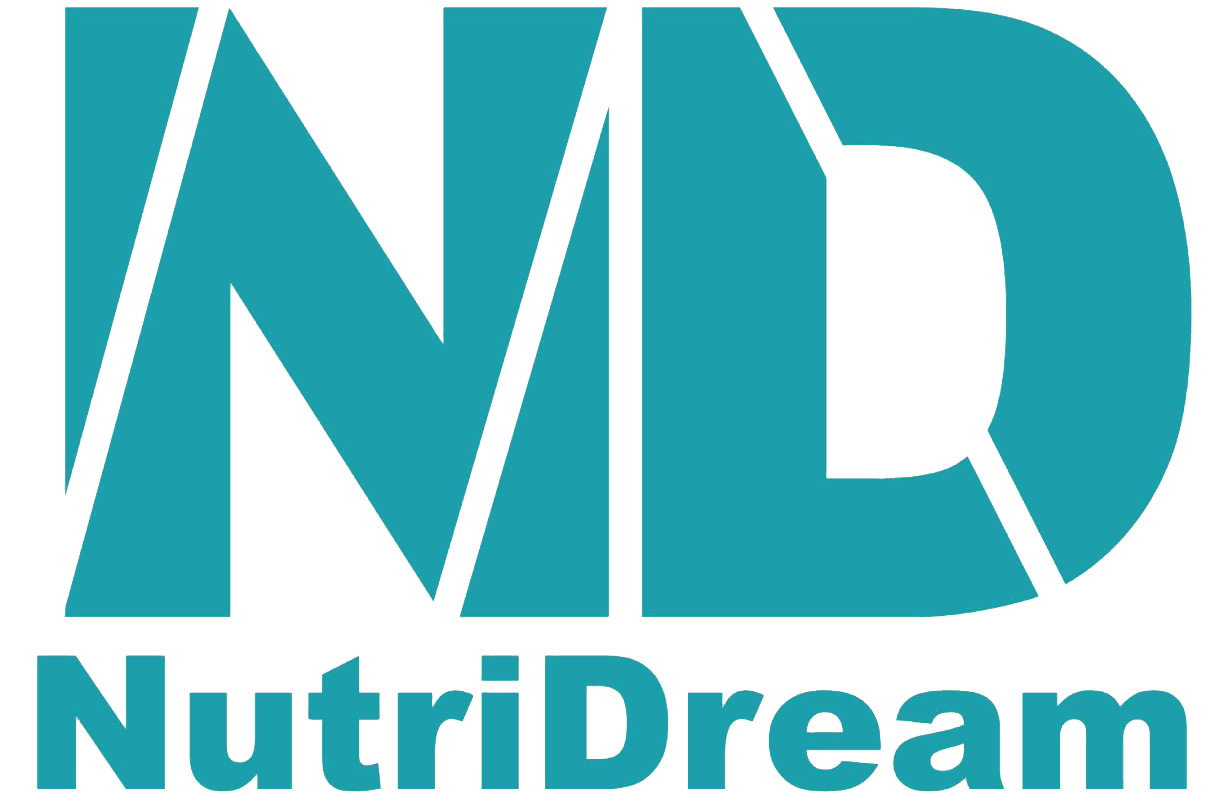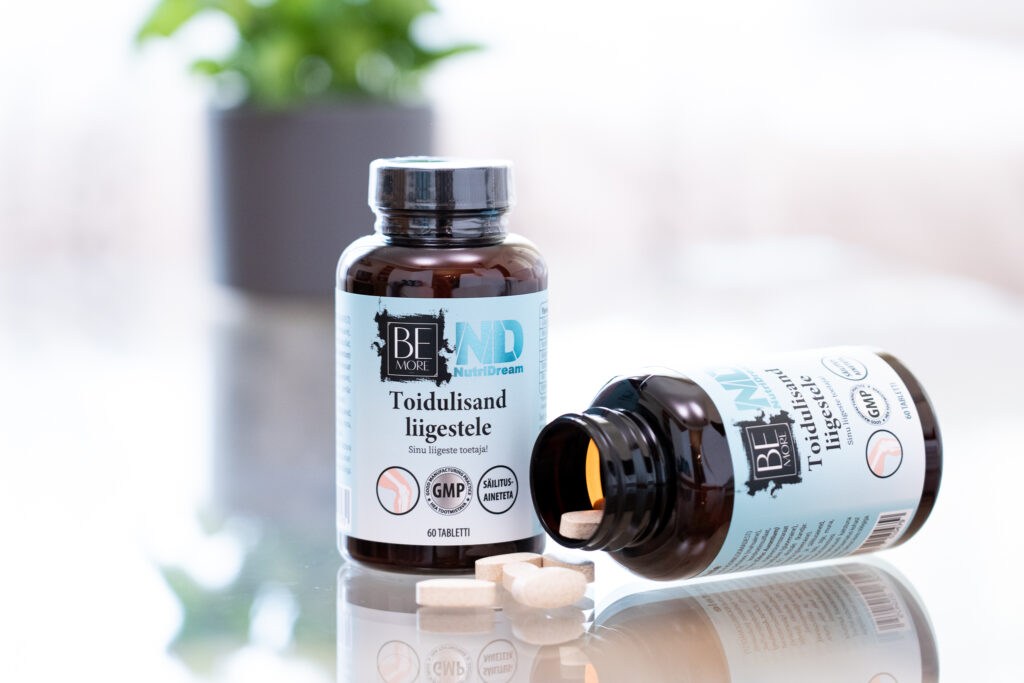The role of joints and muscles in our everyday healthier lifestyle

The role of joints and muscles in our everyday healthier lifestyle
Joints and muscles give a mobility to our body. When we are young and healthy, it seems obvious that our bodies function normally. Unfortunately, we meet more and more young people who complain of muscle or joint problems. We asked Kaisa Torni, a nutrition counselor and a trainer, why it is important to take care of our muscles and joints at any age – in the following, we will outline her thoughts on this topic.
Which are the functions of joints and muscles in our body?
Joints give a flexibility to our body. During a life joints and cartilages wear out. Nevertheless, healthy eating and exercise can prevent joint problems. For example glucosamine and chondroitin help to improve joint functions. Glucosamine is a natural compound that is also found in the human body. As glucosamine production in the body decreases during a lifetime, it can be consumed as a food supplement. can be consumed as a food supplement. The recommended daily dose of glucosamine sulphate is 500 mg, which is obtained from the Joint Formula product
Muscels give a mobility to our body and they work in pairs, making opposite movements – one stretches and shortens, the other relaxes and lengthens. By decompose fats and glucose they get the energy to function. The blood carries oxygen from the lungs and glucose from the intestines to the muscles. To get oxygen-rich blood, the heart and lungs needs to work hard, so we feel a high heart rate with intense effort. Physical activity increases lung capacity, improves blood circulation and increases muscle mobility and joint flexibility.














